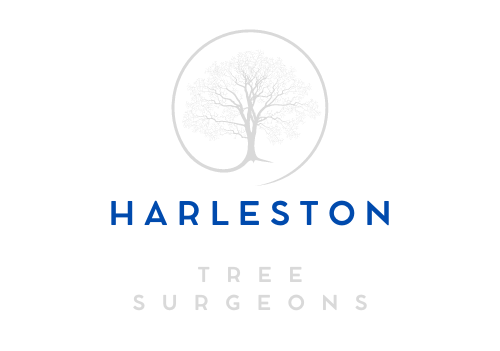Hedge Cutting for Different Seasons: Spring, Summer, Autumn, Winter
Introduction: At Harleston Tree Surgeons, we understand that proper hedge cutting is crucial for maintaining the health, appearance, and safety of your hedges throughout the year. Each season presents its own set of challenges and opportunities for hedge maintenance. In this guide, we’ll explore the best practices for hedge cutting across the four seasons, ensuring that your hedges remain in top condition no matter the time of year.
Spring: Revitalising Growth
Timing: Spring is an ideal time to start hedge cutting, typically from late March to early April, once the threat of frost has passed and new growth emerges.
What to Do:
- Remove Dead Wood: Remove dead or diseased branches to promote healthy growth.
- Shape the Hedge: Trim your hedge to remove any overgrown or irregular areas. This helps to encourage dense, uniform growth throughout the growing season.
- Promote Healthy Growth: Light pruning can stimulate new growth and improve the hedge’s overall shape. However, be cautious not to cut too aggressively, as this can stress the plant.
Benefits:
- Encourages vigorous new growth.
- It helps to maintain a neat appearance.
- Reduces the risk of disease by removing dead or damaged wood.
Summer: Maintaining Structure
Timing: Summer is a good time for a second trim, typically between June and August. This helps to maintain the shape and density of your hedge.
What to Do:
- Regular Trimming: Perform a light trim to keep the hedge in shape and prevent it from becoming too unruly. Focus on any new growth that has extended beyond the desired shape.
- Check for Pests: Summer can bring an increase in pests and diseases. Regular inspections and targeted treatments can prevent infestations from damaging your hedge.
Benefits:
- Keeps the hedge well-maintained and attractive throughout the summer months.
- It prevents the hedge from becoming too large or out of shape.
- Allows for early intervention if pests or diseases are detected.
Autumn: Preparing for Winter
Timing: Autumn is a key period for final hedge maintenance before the onset of winter, typically from late September to early November.
What to Do:
- Final Trim: Perform a final trim to tidy up the hedge and remove overgrowth. This helps to prepare the hedge for winter and ensures a clean appearance going into the colder months.
- Clear Debris: Remove fallen leaves and other debris from around the base of the hedge. This prevents moisture buildup and reduces the risk of fungal diseases.
Benefits:
- Prepare the hedge for winter by removing excess growth.
- Reduces the risk of disease by keeping the area around the hedge clean and dry.
- Ensures a neat appearance going into the winter months.
Winter: Protecting and Monitoring
Timing: There are better times for heavy hedge cutting than winter, as the cold weather and potential frost can stress the plants. However, monitoring and protecting your hedge during this season is important.
What to Do:
- Monitor Health: Watch the hedge for signs of damage or disease. Winter weather can sometimes cause branches to break or become damaged.
- Protect from Frost: Ensure that the hedge is protected from severe frost. If necessary, consider using protective coverings in particularly cold areas.
Benefits:
- Prevents damage from occurring due to cold weather.
- Allows for early detection of any issues that may need addressing in the spring.
Conclusion: Proper hedge cutting throughout the seasons is essential for maintaining your hedges’ health, aesthetics, and functionality. By following these seasonal guidelines, you can ensure that your hedges remain in optimal condition year-round.
Call us on: 01379 773 584
Click here to find out more about Harleston Tree Surgeons
Click here to complete our contact form and see how we can help you with your tree’s needs.

